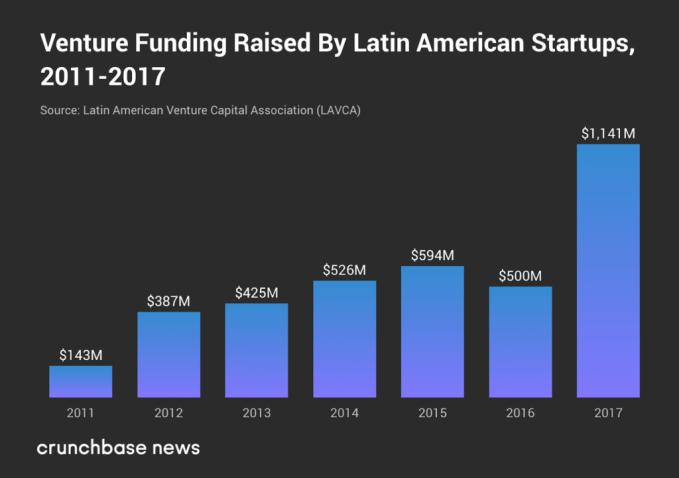In the age of Amazon, where up to 90 percent of all consumers use it to buy goods and Amazon is accounting for a rapidly-growing percentage of a consumer’s total retail spend (along with other giants like Walmart), direct-to-consumer brands — leveraging social media alongside tech-first apps — are emerging as sometimes surprising, but often effective, competition.
In one of the latest developments, London-based celebrity hair colorist Josh Wood — who has worked with the likes of David Bowie, PJ Harvey, Florence Welch, Saoirse Ronan and Elle Macpherson, as well as with fashion designers Miuccia Prada, Donatella Versace and Marc Jacobs (and, disclaimer, me: I tried out his products before agreeing to write this story) — has raised $6.5 million led by Index Ventures, with JamJar Investments and Venrex also participating, to launch his products into cyberspace with the aim of disrupting the at-home hair color industry.
At-home hair color is a huge market that has largely been untouched in terms of innovation. Some 80 percent of women over 25 color their hair, with 75 percent of those doing it at home, working out to an industry worth $20 billion annually.
As with other direct-to-consumer brands, tech is playing a role on multiple levels at Josh Wood, from how the product is developed through to how it will match with consumers, as well as how it is marketed.
But unlike other direct-to-consumer startups, Josh Wood actually put down roots (heh) first in a very non-tech environment.
If you live in London, you might already recognise the name and logo of Josh Wood. Apart from his star list of clients (and the name check he gets in the media for that work), he has already been running his hair coloring business at some scale.
Wood’s products have been adorning a selection of London buses, in part to promote a partnership he’s had for the last year with Boots, a big UK chain of drugstores, where his coloring kits and other products are sold alongside big names like Revlon and L’Oreal.
That partnership has been a big boost for both Wood and Boots so far. Some 240,000 products were sold in the first year, contributing to the first growth spike that Boots has seen in the hair coloring category for more than a decade. (One reason also that the startup attracted the likes of Index, which has been behind other companies that have straddled the worlds of women’s consumer goods and tech, such as Farfetch and Glossier.)
The range of products — which includes hair coloring kits, root concealer products, and color-specific shampoo and conditioners — has been marketed from the start as a new take on hair coloring.
Wood has been working as a colorist himself for some 30 years, and while he has worked with some of the biggest names in women’s hair care in that time — he’d once been a global ambassador for Wella and he is currently global color creative director for Redken — he believes that there is a lot of room for improvement in home coloring.
“You get thousands of boxes of hair colors, and women are usually terrified of making the wrong choice,” he said in an interview. And that’s before you consider how prolonged dying at home can fry your hair if you don’t know what you’re doing, or using the products incorrectly.
Wood’s focus up to this point has been mainly on the product itself. Using his learnings from being a leading colorist, and knowing some of the pros and cons of working with brands that already sell mass-produced consumer goods, he has worked with chemists and other product designers on developing new ranges of shades an add-in product, called “Shade Shot Plus,” that extend the range even further and bring in highlights that are unique to each person’s hair; as well as aftercare products.
Shade Shot Plus has been a particularly notable development. Wood said that up to now the main endgame for producers of at-home hair coloring products has been to create standardised colors that will always look the same on each woman, so that it can be sold more consistently and predictably (think of those slightly macabre locks of hair that you sometimes see hanging in the aisles at drug stores showing “the color”). But the product developers couldn’t standardise how the highlights product would look. That roadblock, Wood said, turned out “to be a gift.”
In fact, standardised color runs counter to how professionals work, and what those who go to professionals want. “No two colors are the same,” he said of Shade Shot Plus “One of the big barriers at home is that women feel they have obvious ‘box color’, cookie-cutter lego hair, but this unlocks that, because the tones deposit differently on everyone’s hair.”
That product development is set to continue. With an approach reminiscent of Third Love how it has redefined shopping for bras by vastly extending the range of bra sizes, the idea will be to extend that color range even further down the line.
“This is the tip of the iceberg in terms of the ideas I’ve got,” he said. “There is a lot to learn from base color and foundation matching. This is a category that has had no innovation for decades and this is just the first iteration.”
But now, with the funding, the plan is to complement that product development with technology to help people find colors that best suit their own preferences — whether it’s for a new color that will go with a specific complexion, or to find the tint that most closely matches the color their hair used to be before it turned grey. At the same time, the aim is to deliver at-home dying in an experience that is more reminiscent of what you get if you pay much more (and spend more time) going to a trusted, professional hair colorist.
“We are pressing heavy on being able to deliver an amazing consultation online that will deliver a bespoke hair color that is very natural and covers grey,” he said. “But at our heart, I’d like to think of us as a brand that cares for the condition of your hair.”
Wood said that he is currently hiring and working with technologists to develop color-finding tools, akin to the kind you might come across in online makeup storefronts, to explore both how a woman (or man) looks, and what she or he is looking for.
This is in progress but the idea, it sounds like, will not only involve computer vision but also machine learning to tap into a bigger database of what “lookalike” complexions and people choose for colors, as well as a database created by Josh Wood itself to match those colors, based on the tinting choices that many professionals would make for those people were they sitting in a chair in a salon.
Wood said that he wanted to raise this money and expand the product as a direct-to-consumer offering because he didn’t think he’d be able to achieve this with something that is sold on a shelf — although the idea will be to complement that, too.
“The reason we are approaching this growth phase from a digital perspective is because we want to develop our business” — the market for at-home coloring is much bigger than professional, in-salon coloring — “but also have a best-in-class consultation tool. I’ve been coloring for nearly 30 years and this is the moment for me to democratize my learnings, and I couldn’t do that without digital. There is no other way to connect with so many consumers, and it’s very difficult to get that element right in a brick-and-mortar point of sale.”
I asked Wood if he would also explore the idea of subscriptions, a la Dollar Shave Club, as part of the mix as well, and his answer was actually a little refreshing and I think is a good sign for how this might develop over time.
“We are less keen on subscriptions and more keen that women feel we’re in the bathroom with them every time, monitoring how their hair color changes over time. We want something much deeper than just selling the same thing to them once a month.”

Source: Tech Crunch






